Betta fish, also known as Siamese fighting fish, are a popular choice for aquarium enthusiasts due to their vibrant colors and playful personalities. While these fish are often kept in small tanks, it’s important to provide them with adequate environmental enrichment to keep them healthy and happy. One way to do this is by including live plants in their tank. Not only do plants help improve water quality, but they also offer betta fish hiding places and a source of food.
In this comprehensive guide, we will cover the best plants for betta fish and what you need to know to keep your plants and fish thriving.
Table of Contents
Types of Plants for Betta Fish Tanks
There are a variety of plants that are suitable for betta fish tanks, each with its own unique benefits. Here are some of the most popular options:
Cabomba
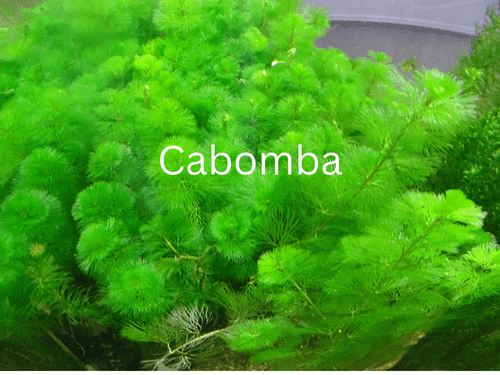
Cabomba is a beautiful aquatic plant that is a popular choice for Betta fish tanks. This plant is well known for its delicate, feather-like leaves that grow in a lush green shade, creating a stunning underwater landscape for your Betta fish. Cabomba is easy to care for, and it is a great option for both novice and experienced aquarium owners.
Growing Requirements: Cabomba is a low-light plant and does well in a range of light conditions, from low to moderate. However, for optimal growth, it is recommended to provide moderate light to the plant. This plant prefers a temperature range between 72-82°F and will do well in a range of pH levels, from 6.0 to 7.5.
Fertilization: Cabomba is a heavy feeder and will benefit from the addition of liquid fertilizer or a slow-release pellet fertilizer. To avoid over-fertilization, it is best to follow the instructions on the fertilizer package and to only fertilize once a week.
Propagation: Cabomba is a fast-growing plant and will easily spread and propagate through cuttings. Simply cut a section of the plant and replant it in the substrate, and it will quickly develop roots and grow into a full plant.
Maintenance: Cabomba is a relatively low-maintenance plant and does not require frequent trimming. However, it is essential to remove any dead or yellowing leaves to keep the plant healthy and prevent decay.
Java Fern
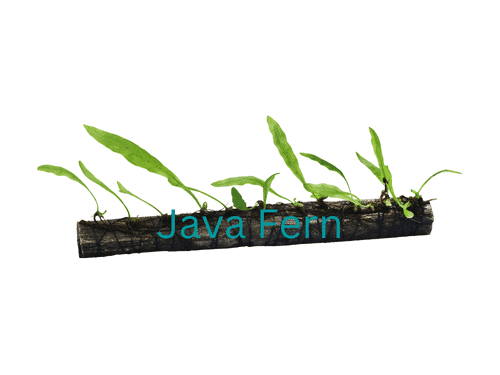
Java Fern is a popular and hardy aquatic plant that is ideal for Betta fish tanks. This plant is known for its beautiful, deep green leaves that grow in a unique and exotic shape, making it a great addition to any Betta fish tank. Java Fern is also highly resilient, making it an ideal choice for novice aquarium owners who may not have much experience with aquatic plants.
Growing Requirements: Java Fern is a low-light plant that can grow well in a range of light conditions, from low to moderate. However, for optimal growth, it is recommended to provide moderate light to the plant. This plant is also highly adaptable and can thrive in a range of temperatures and pH levels, from 72-82°F and 6.0 to 7.5, respectively.
Fertilization: Java Fern is a low-nutrient plant and does not require frequent fertilization. It is best to avoid over-fertilization, as this can cause the plant to become stunted or even die. If you wish to provide additional nutrition, you can add a slow-release pellet fertilizer or add liquid fertilizer sparingly.
Propagation: Java Fern is easily propagated through cuttings. Simply cut a section of the plant and attach it to a piece of driftwood or a rock, and it will quickly develop roots and grow into a full plant.
Maintenance: Java Fern is a low-maintenance plant that does not require frequent trimming. However, it is essential to remove any dead or yellowing leaves to keep the plant healthy and prevent decay.
Anubias Barteri
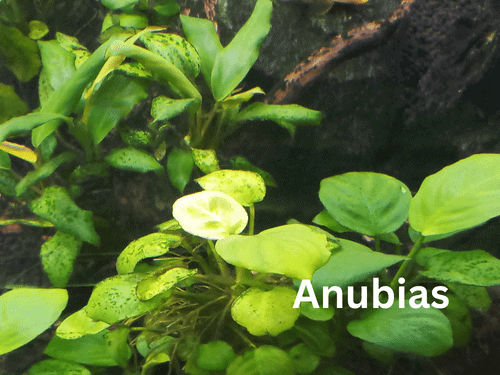
Anubias Barteri is a highly resilient and low-maintenance aquatic plant that is ideal for Betta fish tanks. This plant is known for its long, broad leaves that grow in a lush, green carpet-like manner, making it a great addition to any Betta fish tank. Anubias Barteri is also a hardy plant, making it a perfect choice for novice aquarium owners who may not have much experience with aquatic plants.
Growing Requirements: Anubias Barteri is a low-light plant that can grow well in a range of light conditions, from low to moderate. However, for optimal growth, it is recommended to provide moderate light to the plant. This plant is also highly adaptable and can thrive in a range of temperatures and pH levels, from 72-82°F and 6.0 to 7.5, respectively.
Fertilization: Anubias Barteri is a low-nutrient plant and does not require frequent fertilization. It is best to avoid over-fertilization, as this can cause the plant to become stunted or even die. If you wish to provide additional nutrition, you can add a slow-release pellet fertilizer or add liquid fertilizer sparingly.
Propagation: Anubias Barteri is easily propagated through cuttings. Simply cut a section of the plant and attach it to a piece of driftwood or a rock, and it will quickly develop roots and grow into a full plant.
Maintenance: Anubias Barteri is a low-maintenance plant that does not require frequent trimming. However, it is essential to remove any dead or yellowing leaves to keep the plant healthy and prevent decay.
Marimo Moss Ball
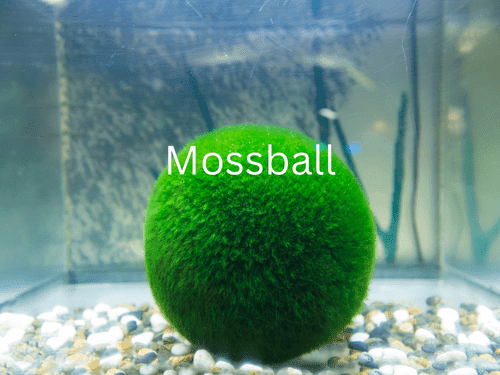
The Marimo Moss Ball is a unique and eye-catching plant that is perfect for Betta fish tanks. This plant is a type of green algae that forms into a round, velvety ball, giving it a distinctive appearance that is sure to make a statement in any aquarium. Marimo Moss Balls are also highly beneficial for Betta fish, as they help to improve water quality and provide a natural hiding place for your fish.
Growing Requirements: Marimo Moss Balls are low-light plants that can thrive in a range of light conditions, from low to moderate. They do not require a specific temperature or pH level, making them highly adaptable and easy to care for.
Fertilization: Marimo Moss Balls are low-nutrient plants and do not require fertilization. However, they do benefit from regular water changes and exposure to light, which will help to keep the plant healthy and green.
Propagation: Marimo Moss Balls are easily propagated by simply dividing the plant into smaller balls and planting each one in a separate location. Over time, the Marimo Moss Balls will grow and multiply, filling your Betta fish tank with lush, green vegetation.
Maintenance: Marimo Moss Balls are low-maintenance plants that do not require trimming. However, they do benefit from occasional rolling and reshaping, which will help to prevent the plant from becoming misshapen and unattractive.
Hornwort
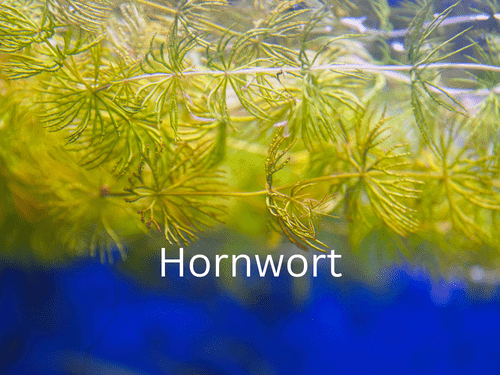
Hornwort, also known as Ceratophyllum demersum, is a versatile and beneficial plant for Betta fish tanks. This plant is highly adaptable and can thrive in a range of water conditions, making it an ideal choice for both experienced aquarium owners and beginners alike.
Growing Requirements: Hornwort is a fast-growing plant that can reach up to 30 inches in length. It prefers a temperature range of 68°F to 77°F and a pH range of 6.0 to 7.5. It can also thrive in a range of light conditions, from low to high.
Fertilization: Hornwort is a low-nutrient plant that does not require fertilization. However, it does benefit from exposure to light, which will help to keep the plant healthy and green.
Propagation: Hornwort can be easily propagated by simply dividing the plant into smaller sections and planting each one in a separate location. Over time, the Hornwort will grow and multiply, filling your Betta fish tank with lush, green vegetation.
Maintenance: Hornwort is a low-maintenance plant that does not require trimming. However, it does benefit from occasional pruning, which will help to keep the plant from becoming too dense and affecting water flow in your tank.
Benefits for Betta Fish: Hornwort provides numerous benefits for Betta fish. It helps to improve water quality by absorbing excess nutrients and providing oxygenation. It also provides a natural hiding place for your fish, reducing stress and promoting a healthy environment.
Guppy Grass
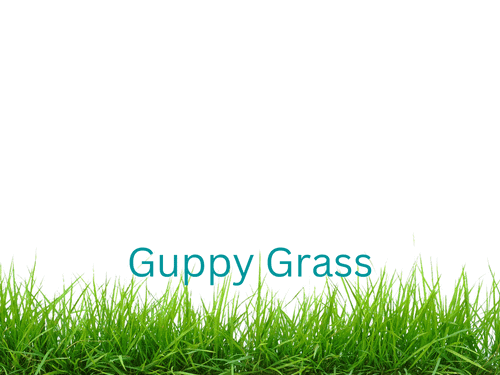
Guppy grass, also known as Najas guadalupensis, is a hardy and attractive plant for Betta fish tanks. This plant is native to the Americas and is often used in aquariums due to its fast-growing nature and ability to thrive in a range of water conditions.
Growing Requirements: Guppy grass prefers a temperature range of 72°F to 82°F and a pH range of 6.0 to 7.5. It can also thrive in a range of light conditions, from low to high. This plant can grow up to 18 inches in length and can spread quickly, making it ideal for use as a background or foreground plant.
Fertilization: Guppy grass is a low-nutrient plant that does not require fertilization. However, it does benefit from exposure to light, which will help to keep the plant healthy and green.
Propagation: Guppy grass can be easily propagated by simply cutting a section of the plant and planting it in a separate location. Over time, the Guppy grass will grow and multiply, filling your Betta fish tank with lush, green vegetation.
Maintenance: Guppy grass is a low-maintenance plant that does not require trimming. However, it does benefit from occasional pruning, which will help to keep the plant from becoming too dense and affecting water flow in your tank.
Benefits for Betta Fish: Guppy grass provides numerous benefits for Betta fish. It helps to improve water quality by absorbing excess nutrients and providing oxygenation. It also provides a natural hiding place for your fish, reducing stress and promoting a healthy environment.
Water Wisteria
Water Wisteria, also known as Hygrophila difformis, is a stunning and beneficial plant for Betta fish tanks. This plant is native to Southeast Asia and is prized for its delicate, lacy leaves and beautiful blue-violet flowers.
Growing Requirements: Water Wisteria prefers a temperature range of 72°F to 82°F and a pH range of 6.0 to 7.5. It also requires moderate to high lighting to thrive. This plant can grow up to 18 inches in length and can be trained to grow vertically or horizontally, making it a versatile option for your Betta fish tank.
Fertilization: Water Wisteria is a moderate-nutrient plant that does benefit from fertilization. Regular fertilization will help to keep the plant healthy and promote growth. It is best to use a balanced aquarium fertilizer that contains essential nutrients like nitrogen, phosphorus, and potassium.
Propagation: Water Wisteria can be easily propagated by simply cutting a section of the plant and planting it in a separate location. Over time, the Water Wisteria will grow and multiply, filling your Betta fish tank with lush, green vegetation.
Maintenance: Water Wisteria requires regular pruning to maintain its shape and prevent it from becoming too dense. Pruning will also help to control the plant’s growth and prevent it from affecting water flow in your tank.
Benefits for Betta Fish: Water Wisteria provides numerous benefits for Betta fish. It helps to improve water quality by absorbing excess nutrients and providing oxygenation. It also provides a natural hiding place for your fish, reducing stress and promoting a healthy environment. Additionally, the plant’s delicate leaves and beautiful flowers make it a stunning addition to any aquarium.
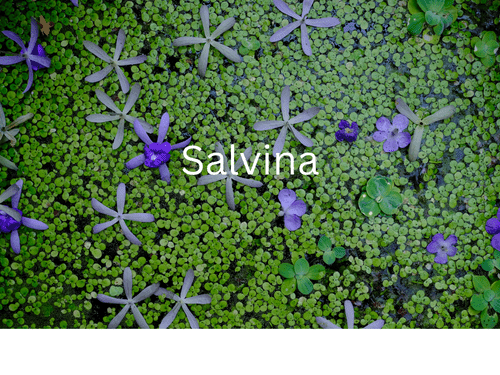
Amazon Sword Plant
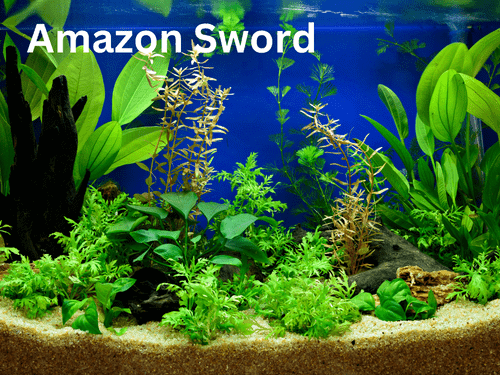
The Amazon Sword Plant, also known as Echinodorus amazonicus, is a hardy and attractive option for Betta fish tanks. This plant is native to the Amazon Basin and is prized for its large, broad leaves and sturdy growth.
Growing Requirements: Amazon Sword Plants prefer a temperature range of 72°F to 82°F and a pH range of 6.0 to 7.5. They also require moderate to high lighting to thrive. This plant can grow up to 20 inches in length and has a sturdy root system, making it an excellent option for larger aquariums.
Fertilization: Amazon Sword Plants are moderate-nutrient plants that do benefit from regular fertilization. Fertilization will help to keep the plant healthy and promote growth. It is best to use a balanced aquarium fertilizer that contains essential nutrients like nitrogen, phosphorus, and potassium.
Propagation: Amazon Sword Plants can be easily propagated by dividing the plant’s root system. This will allow you to create multiple plants from a single mother plant, filling your Betta fish tank with lush, green vegetation.
Maintenance: Amazon Sword Plants are low-maintenance plants that require only occasional pruning to maintain their shape and size. Pruning will also help to control the plant’s growth and prevent it from affecting water flow in your tank.
Benefits for Betta Fish: Amazon Sword Plants provide numerous benefits for Betta fish. They help to improve water quality by absorbing excess nutrients and providing oxygenation. They also provide a natural hiding place for your fish, reducing stress and promoting a healthy environment. Additionally, the plant’s large, broad leaves and sturdy growth make it an attractive and eye-catching addition to any aquarium.
Cryptocoryne Wendtii
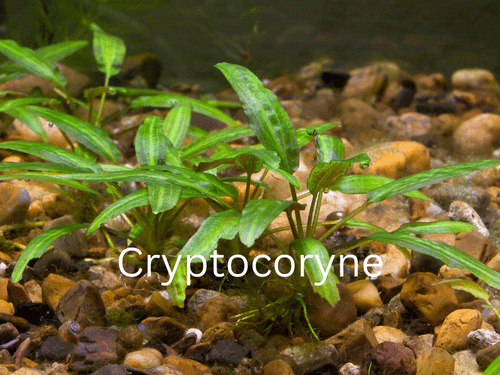
The Cryptocoryne Wendtii, also known as the Bronze Cryptocoryne, is a versatile and low-maintenance option for Betta fish tanks. This plant is native to Sri Lanka and is prized for its unique, bronze-colored leaves and ease of care.
Growing Requirements: Cryptocoryne Wendtii prefer a temperature range of 72°F to 82°F and a pH range of 6.0 to 7.5. They also require low to moderate lighting to thrive. This plant grows slowly and can reach a height of up to 8 inches, making it a great choice for smaller aquariums.
Fertilization: Cryptocoryne Wendtii are moderate-nutrient plants that do benefit from occasional fertilization. Fertilization will help to keep the plant healthy and promote growth. It is best to use a balanced aquarium fertilizer that contains essential nutrients like nitrogen, phosphorus, and potassium.
Propagation: Cryptocoryne Wendtii can be propagated by dividing the plant’s root system. This will allow you to create multiple plants from a single mother plant, filling your Betta fish tank with lush, bronze-colored vegetation.
Maintenance: Cryptocoryne Wendtii are low-maintenance plants that require only occasional pruning to maintain their shape and size. Pruning will also help to control the plant’s growth and prevent it from affecting water flow in your tank.
Benefits for Betta Fish: Cryptocoryne Wendtii provide numerous benefits for Betta fish. They help to improve water quality by absorbing excess nutrients and providing oxygenation. They also provide a natural hiding place for your fish, reducing stress and promoting a healthy environment. Additionally, the plant’s unique, bronze-colored leaves and slow growth make it an attractive and eye-catching addition to any aquarium.
Duckweed
Duckweed is a small, floating plant that is native to freshwater ecosystems all over the world. It is an ideal option for Betta fish tanks due to its small size, ease of care, and numerous benefits for Betta fish.
Growing Requirements: Duckweed is a fast-growing plant that requires only minimal light and nutrients to thrive. It prefers a temperature range of 72°F to 82°F and a pH range of 6.0 to 7.5. This plant is ideal for small aquariums as it will not take up much space, and it can also be trimmed easily to maintain the desired size and appearance.
Fertilization: Duckweed is a low-nutrient plant that does not require frequent fertilization. However, occasional fertilization will help to promote growth and maintain the plant’s health. A balanced aquarium fertilizer that contains essential nutrients like nitrogen, phosphorus, and potassium is recommended.
Propagation: Duckweed is a fast-growing plant that can be propagated quickly. It will naturally propagate itself, creating a lush floating blanket of vegetation in your Betta fish tank.
Maintenance: Duckweed is an easy-to-care-for plant that requires only minimal maintenance. It should be trimmed regularly to maintain its desired size and appearance and to prevent it from affecting water flow in your tank.
Benefits for Betta Fish: Duckweed provides numerous benefits for Betta fish. It helps to improve water quality by absorbing excess nutrients and providing oxygenation. It also provides a natural hiding place for your fish, reducing stress and promoting a healthy environment. Additionally, its fast growth and small size make it an attractive and eye-catching addition to any aquarium.
Amazon Frogbit
Amazon Frogbit (Limnobium laevigatum) is an aquatic plant that is native to the Amazon Basin in South America. It is a floating plant with round, green leaves that have a velvety texture. The plant’s leaves grow to about 2-3 cm in diameter and are attached to long, delicate stems. The stems are capable of growing up to 20 cm long and support the floating leaves.
In the wild, Amazon Frogbit provides a habitat for fish and other aquatic species, as well as helps to control water quality by removing excess nutrients and other pollutants. In aquariums, Amazon Frogbit is a popular choice for adding some greenery to the water’s surface and creating a more natural look. It can also provide a surface for spawning and can help regulate water temperature and humidity.
Growing Amazon Frogbit is relatively easy, and it requires minimal care. The plant prefers a warm, well-lit environment, with water temperatures between 68-82°F. It can tolerate a wide range of pH levels, but prefers a pH range of 6.0-7.5. Amazon Frogbit does not require any special fertilizer and can grow in a variety of substrate types.
One of the biggest advantages of Amazon Frogbit is its ability to reproduce quickly. The plant produces small, white flowers that produce seeds, which can be harvested and replanted to grow new plants. The plant is also capable of producing small daughter plants, which can be separated from the mother plant and replanted to grow into new plants.
Factors to Consider When Choosing Plants for Your Betta Fish Tank
When selecting plants for your betta fish tank, there are several factors to consider to ensure the success of your aquatic garden.
Lighting
Different plants require different lighting conditions to thrive. Be sure to select plants that are appropriate for the amount of light your tank receives. If your tank does not receive a lot of natural light, you may need to invest in a aquarium light to provide the necessary illumination.
Water Conditions
Betta fish thrive in warm, stagnant water, which can make it difficult for some plants to survive. Be sure to select plants that are hardy and able to tolerate the water conditions in your tank.
Tank Size
The size of your tank will also impact the types of plants you can include. Smaller tanks may only be able to support a few small plants, while larger tanks can accommodate a wider variety of vegetation.
Proper Plant Care for Your Betta Fish Tank
Proper plant care is essential for the health and happiness of your betta fish. Here are some tips to help keep your plants and fish thriving:
Lighting
As mentioned previously, different plants require different lighting conditions. Be sure to provide your plants with the appropriate amount of light for their species.
Water Conditions
Regular water changes and maintenance are crucial for the health of your plants and fish. In addition to removing excess nutrients and other pollutants, regular water changes help maintain the proper pH level and temperature for both your plants and fish. It’s important to monitor these parameters and adjust as needed to ensure a stable environment for your aquatic inhabitants.
Fertilization
Plants need nutrients to grow, and aquarium plants are no exception. Supplementing your tank with a high-quality plant fertilizer will help ensure the health and growth of your vegetation. Be sure to follow the instructions on the fertilizer packaging and avoid over-fertilizing, which can harm both your plants and fish.
Pruning
Regular pruning of your plants is important to prevent overgrowth and maintain a healthy and balanced environment for your betta fish. Trim any dead or yellowing leaves, and remove any plant matter that falls to the bottom of the tank to prevent the buildup of excess organic matter.
Conclusion
Including live plants in your betta fish tank can provide numerous benefits for both your fish and the overall health of your aquarium. From improving water quality to providing hiding places and a source of food, live plants are a great addition to any betta fish tank. By considering factors such as lighting, water conditions, and tank size, and properly caring for your plants, you can create a thriving aquatic garden for your betta fish.
FAQs
What are the best plants for betta fish tanks?
Java fern, Anubias, Hornwort, and Marimo Moss Balls are some of the best plants for betta fish tanks.
How do plants help betta fish in tanks?
Plants improve water quality, provide hiding places, and offer a source of food for betta fish.
What lighting do betta fish tank plants need?
The lighting required for betta fish tank plants depends on the specific species of plant. Some plants are able to grow in low light conditions, while others need bright light to thrive.
Can betta fish live in tanks without plants?
Betta fish can live in tanks without plants, but adding live vegetation can greatly improve their health and happiness.
Are live plants essential for betta fish tanks?
Live plants are not essential for betta fish tanks, but they can provide numerous benefits for both your fish and the overall health of your aquarium.
Can you use artificial plants for betta fish tanks?
Yes, artificial plants can be used for betta fish tanks, but live plants are generally preferred as they provide additional benefits for the health of the tank.
Can betta fish damage live plants in their tank?
Betta fish can damage live plants if they are not sturdy enough to withstand the activity of the fish. It’s important to choose plants that are tough and able to withstand the movements of the fish.
How often should you change the water in a betta fish tank with live plants?
The frequency of water changes in a betta fish tank with live plants will depend on the size of the tank, the number of fish and plants, and other factors. A general guideline is to perform a water change once a week.
How can you ensure the health and growth of live plants in a betta fish tank?
Ensuring the health and growth of live plants in a betta fish tank requires providing the appropriate lighting, water conditions, and fertilization, as well as regularly pruning the plants.
Can different types of plants be kept together in a betta fish tank?
Yes, different types of plants can be kept together in a betta fish tank, but it’s important to research the specific needs of each plant and ensure that they are compatible with each other and the conditions in the tank.
How do you plant live plants in a betta fish tank?
To plant live plants in a betta fish tank, first prepare the substrate by creating a small hole and inserting the roots of the plant into the hole. Cover the roots with substrate and gently press down to secure the plant in place.
How do you adjust the pH levels in a betta fish tank with live plants?
The pH levels in a betta fish tank with live plants can be adjusted by adding chemicals, such as pH up or pH down, to the water, or by performing regular water changes with pH-balanced water.
Can live plants help reduce stress in betta fish?
Yes, live plants can help reduce stress in betta fish by providing hiding places and a natural environment for the fish to explore and feel secure in.
How do you prevent live plants from overgrowing in a betta fish tank?
To prevent live plants from overgrowing in a betta fish tank, perform regular pruning and trimming to control their growth.
Can live plants help improve the overall water quality in a betta fish tank?
Yes, live plants can help improve the overall water quality in a betta fish tank by consuming excess nutrients and producing oxygen.
How often should you fertilize live plants in a betta fish tank?
The frequency of fertilization for live plants in a betta fish tank will depend on the specific needs of the plants and the conditions in the tank. It’s important to follow the instructions on the fertilizer packaging and avoid over-fertilizing.
Can live plants increase the oxygen levels in a betta fish tank?
Yes, live plants can increase the oxygen levels in a betta fish tank by producing oxygen through the process of photosynthesis.
Can live plants help filter the water in a betta fish tank?
Yes, live plants can help filter the water in a betta fish tank by consuming excess nutrients and producing oxygen.
How can you incorporate live plants into a betta fish tank with other aquatic creatures?
To incorporate live plants into a betta fish tank with other aquatic creatures, research the specific needs and compatibility of each species and ensure that the plants and other creatures are able to coexist in the same environment.
Can live plants increase the overall lifespan of betta fish?
Yes, live plants can increase the overall lifespan of betta fish by providing a natural and healthy environment for the fish to live in, reducing stress and improving water quality. A betta fish living in a tank with live plants is likely to live a longer and happier life compared to a betta fish living in a bare tank.
Please also check out other articles on this website https://fishkeepingmadesimple.com/pike-cichlid-crenicichla-lenticulata/
References on Aquatic Plants
- International Union for Conservation of Nature (IUCN): The IUCN is a global organization that provides information on aquatic plants and their conservation status. You can find more information at https://www.iucn.org/
- American Water Works Association (AWWA): The AWWA is a professional organization that provides information and resources on water treatment and management, including information on aquatic plants. You can find more information at https://www.awwa.org/
- World Wildlife Fund (WWF): The WWF is a global organization that works to protect the world’s wildlife and habitats, including aquatic environments. They provide information on aquatic plants and their role in the ecosystem. You can find more information at https://www.worldwildlife.org/
- National Oceanic and Atmospheric Administration (NOAA): The NOAA is a government agency that provides information and resources on the oceans and atmosphere, including information on aquatic plants. You can find more information at https://www.noaa.gov/
- United States Department of Agriculture (USDA): The USDA provides information and resources on agriculture and natural resources, including information on aquatic plants. You can find more information at https://www.usda.gov/
-
Best Plants for Betta Fish: A Comprehensive Guide You Dont Want to Miss
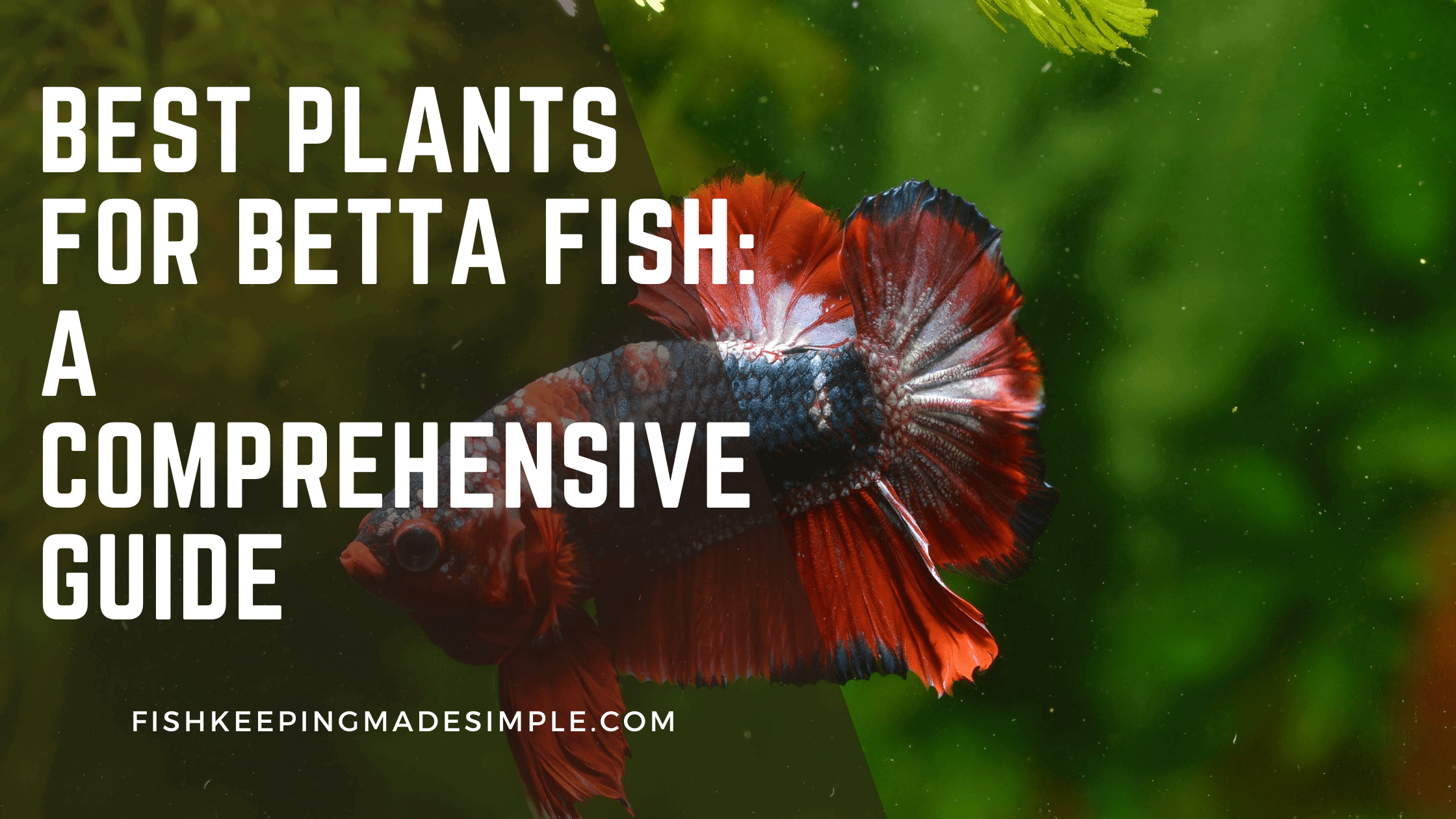
Discover the best plants for betta fish and create a natural and healthy environment for your fish to thrive. Learn about water conditions, compatible plants, and how to improve your betta’s lifespan. Get expert advice and step-by-step instructions in this comprehensive guide
I am a passionate aquarist with over 30 years of hands-on experience in fishkeeping. My journey began at a young age, collecting fish from the wild and learning through experimentation. Specializing in tropical fish, I bring a deep understanding of the hobby to FishKeepingMadeSimple. The site provides honest, detailed reviews of essential products and accessories to help fellow enthusiasts create the best environments for their fish.

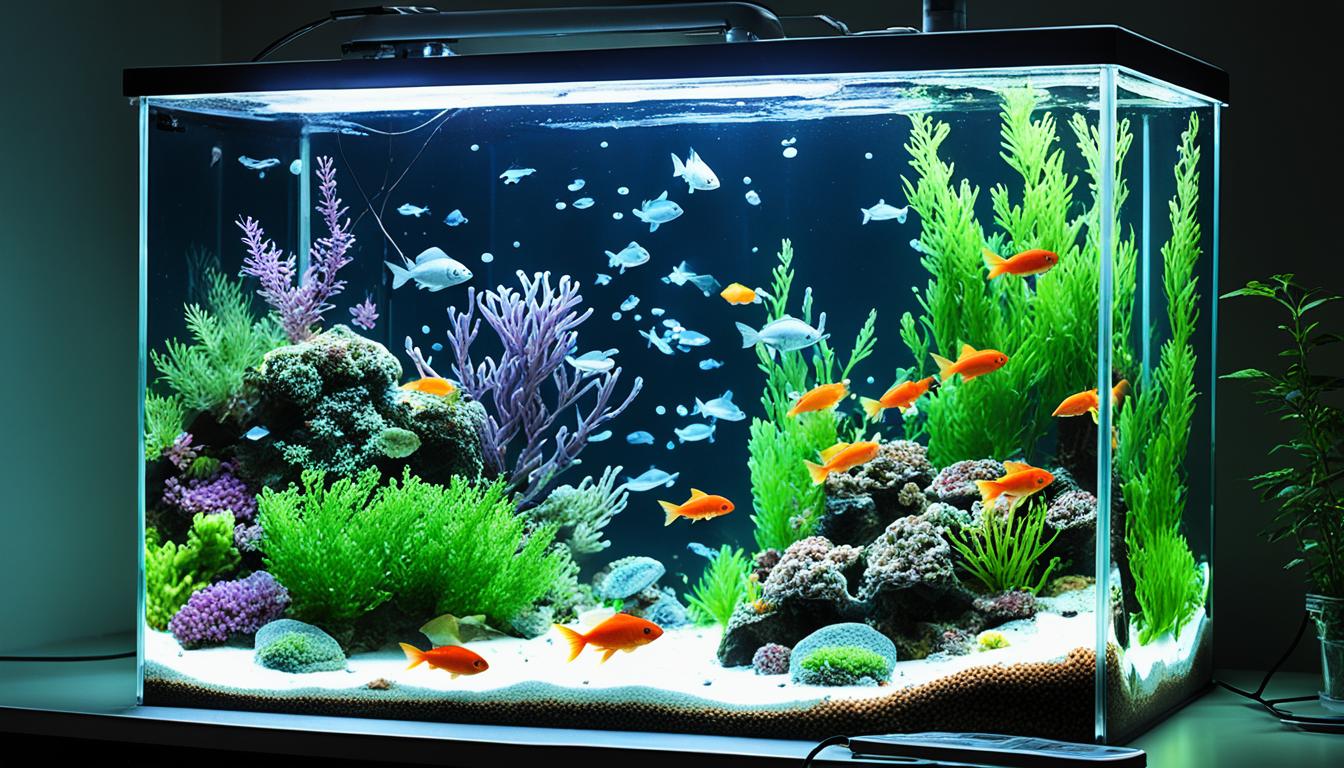
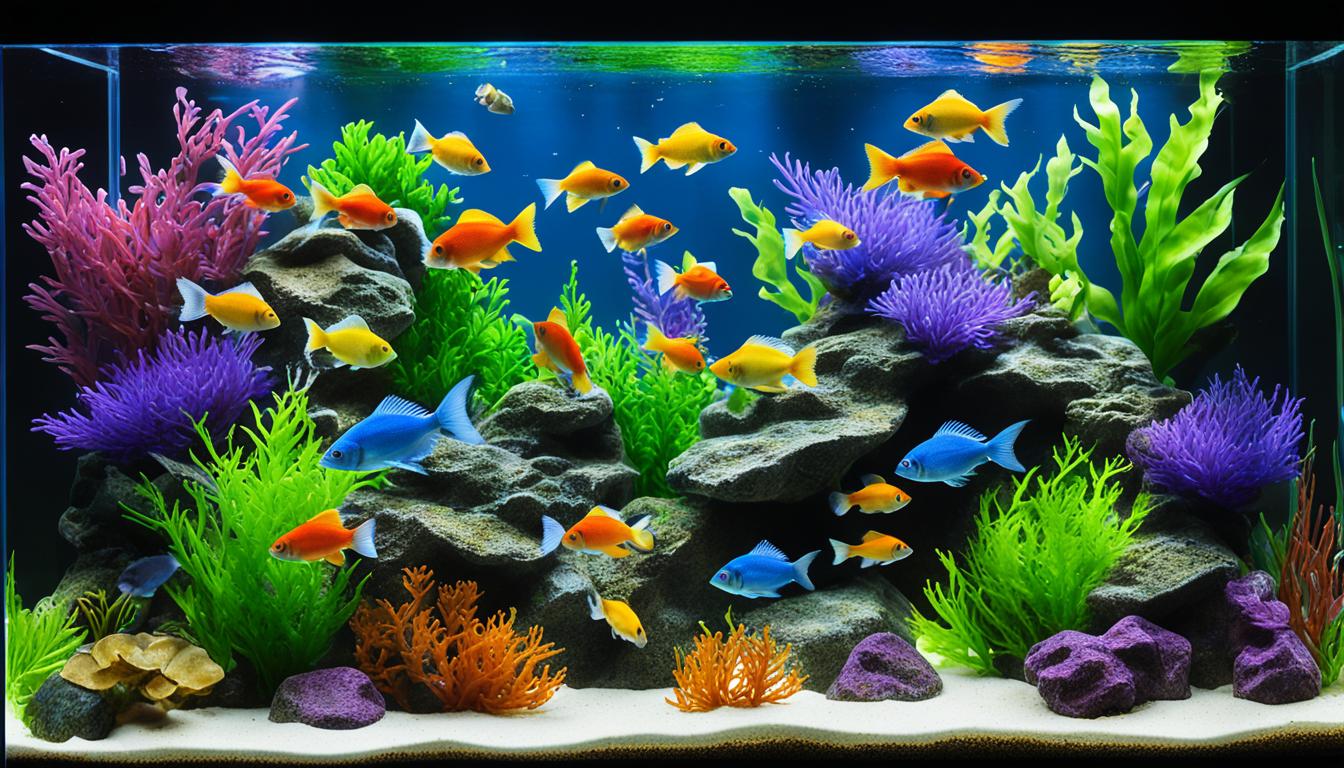






[…] keep Pristella Tetras with Betta fish, it’s important to monitor their behavior closely. Some Betta fish may be aggressive towards other fish, especially those with bright colors and flowing […]
[…] fish and bettas can coexist peacefully, creating a visually stunning display in your aquarium. However, there are a […]
Thank you for your sharing. I am worried that I lack creative ideas. It is your article that makes me full of hope. Thank you. But, I have a question, can you help me?
[…] sandy substrate is best. Use plants that attach to decorations for safety and beauty. Java moss and java fern are good picks. They provide hiding spots and reduce stress without getting uprooted by the […]
[…] the lights soft in the tank to lower stress and help the fish act natural. A sponge filter keeps the water […]
[…] guide will show you the top 10 fastest growing aquarium plants. You’ll learn how easy plants like Duckweed, Anacharis, and Hornwort can quickly eat up excess nutrients and oxygenate the water. They also […]